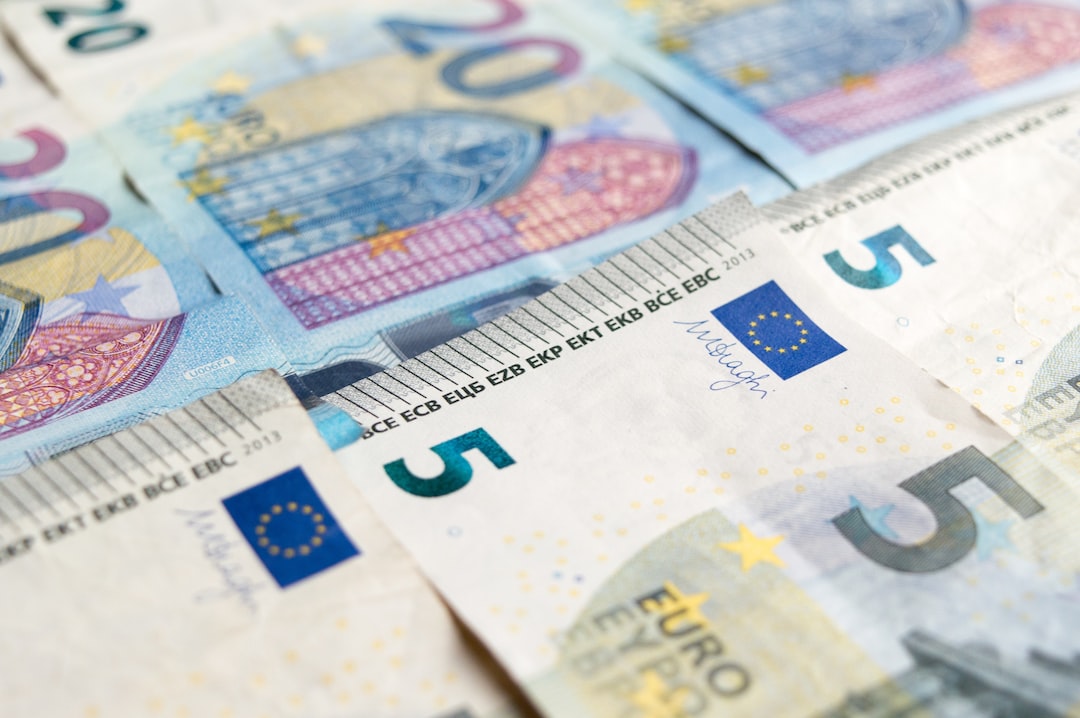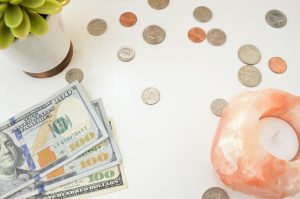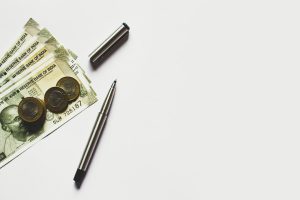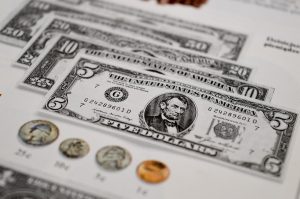Forex, also known as the foreign exchange market, is the largest and most liquid financial market in the world, with an estimated daily trading volume of over $5 trillion. Forex trading involves buying and selling currencies with the aim of making a profit from the fluctuations in their exchange rates. One of the key aspects of forex trading is margin, which allows traders to increase their buying power and potentially earn higher profits. In this article, we will explain what kind of margin forex uses and how it works.
Margin in forex trading refers to the amount of money that a trader needs to deposit with their broker in order to open a position. This deposit acts as collateral and is used to cover any potential losses that the trader may incur if the market moves against them. The margin requirement is typically expressed as a percentage of the total trade value, and varies depending on the currency pair, the size of the trade, and the broker’s policies.
Forex brokers offer different types of margin, which can be broadly classified into two categories: initial margin and maintenance margin. The initial margin is the amount of money that a trader needs to deposit in order to open a position, while the maintenance margin is the minimum amount of money that needs to be maintained in the account to keep the position open. If the account balance falls below the maintenance margin, the broker may issue a margin call, which requires the trader to deposit additional funds to avoid the position being closed out.
The kind of margin that forex uses is called leverage, which is a form of borrowing that amplifies the potential profits and losses of a trade. Leverage allows traders to control a larger position with a smaller amount of capital, which can increase their buying power and potentially earn higher profits. However, leverage also increases the risk of loss, as even a small price movement in the opposite direction can result in significant losses.
The amount of leverage that a trader can use depends on the broker’s policies and the trader’s experience and risk tolerance. Forex brokers typically offer leverage ratios ranging from 1:1 to 1:500 or higher, which means that a trader can control a position that is up to 500 times the size of their account balance. For example, if a trader has a $10,000 account balance and uses a leverage ratio of 1:100, they can control a position worth $1 million.
It is important to note that leverage is a double-edged sword and should be used with caution. While it can increase the potential profits of a trade, it also increases the potential losses. Traders should always use proper risk management techniques, such as setting stop-loss orders and limiting the amount of leverage used.
In addition to leverage, forex brokers may also offer other types of margin, such as margin requirements for hedging and margin requirements for overnight positions. Hedging is a strategy that involves opening opposite positions in the same currency pair to reduce the risk of loss, while holding a position overnight means keeping a position open beyond the end of the trading day. Both of these strategies may require additional margin deposits, depending on the broker’s policies.
In conclusion, forex trading involves the use of margin, which allows traders to increase their buying power and potentially earn higher profits. The kind of margin that forex uses is called leverage, which is a form of borrowing that amplifies the potential profits and losses of a trade. While leverage can increase the potential profits of a trade, it also increases the potential losses and should be used with caution. Traders should always use proper risk management techniques and be aware of the different types of margin requirements that may apply to their trades.





